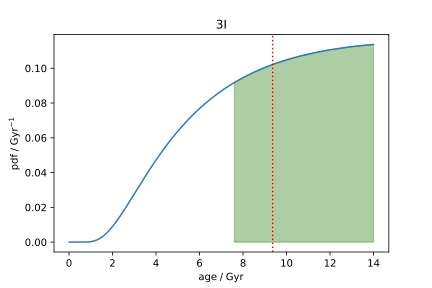#NASA #ISRO #NISAR #NASAJPL
https://www.science.org/content/article/giant-radar-satellite-set-probe-earth-s-shifts-and-shudders
Planetary scientist, organic chemist, astrobiologist, field scientist. Works at JPL. Champion of Titan exploration. Fascinated by life in Deep Ice. Studies the mysterious labyrinths and dissolution geology (karst) on Titan. Opinions expressed are my own. He/Him.
#PlanetaryScience
#astrobiology
#chemistry
#geomorphology
#geology
#karst
#cryosphere
#OceanWorlds
#DeepIce
#PlanetaryCaves
Anyway. When you see people hyperventilating that "B-b-but paying farm workers more would make food unaffordable!" please correct them up for me.
They might mean well? They might be trying to make a point about how much we owe the humble farm worker?
But that kind of talk is exactly how you get people believing "Gosh shucks golly. I guess we just need slavery to live."
Cut it out already.
Muscadine vineyard with a thunderhead in the distance. Orange County, North Carolina.
From my upcoming book.
"Fluvial Geomorphology of my Gravel Driveway."
(Just kidding on that one.)
And here is a closeup image where you can the definite size difference where the overflow stream entered. The area to image above and left of the field notebook was overwashed.
It is subtle. But you can also see a little bit of scour in the area where the overwash occured.
Where did the smaller gravels go? Thats a great question, and its too squishy to poke around and look right now. It could be under a mudpatch now on the driveway, it could be in the lawn or maybe even washed into the woods.
Tropical Storm Chantal provided just a terrific opportunity to see #geology in action.
Here is our gravel driveway, sloping from right to left. At image center, an overflowing came onto the driveway from the woods.
Right at the field notebook location, you can see where the smaller gravels in the driveway to the left have been mobilized away by the incoming stream. [1/2]
#ANSTO are looking to employ an ongoing climate research scientist. Rare opportunity to join a good group :)
https://careers.ansto.gov.au/job/Sydney-Research-Scientist-Climate-Science-NSW/1212088266/
Scientists Just Debunked 'Earth's Oldest Impact Crater'
https://www.sciencealert.com/scientists-just-debunked-earths-oldest-impact-crater?utm_source=flipboard&utm_medium=activitypub
Posted into Nature @nature-ScienceAlert
Where might the climate in your city be headed in an extreme future scenario? Explore at https://www.climatecentral.org/graphic/shifting-cities-2025?graphicSet=Shifting+U.S.+Cities
"Summers have been heating up for decades and they’ll only get hotter"
More background on this new project from Climate Central at https://www.climatecentral.org/climate-matters/shifting-cities-2025
